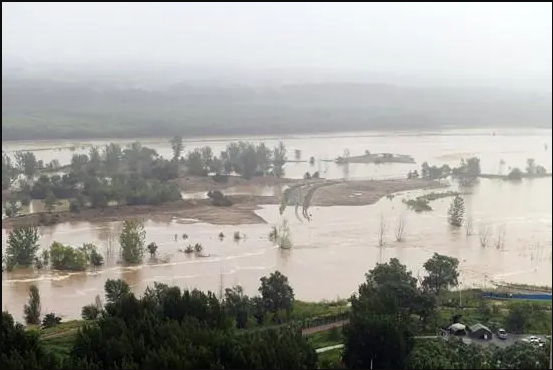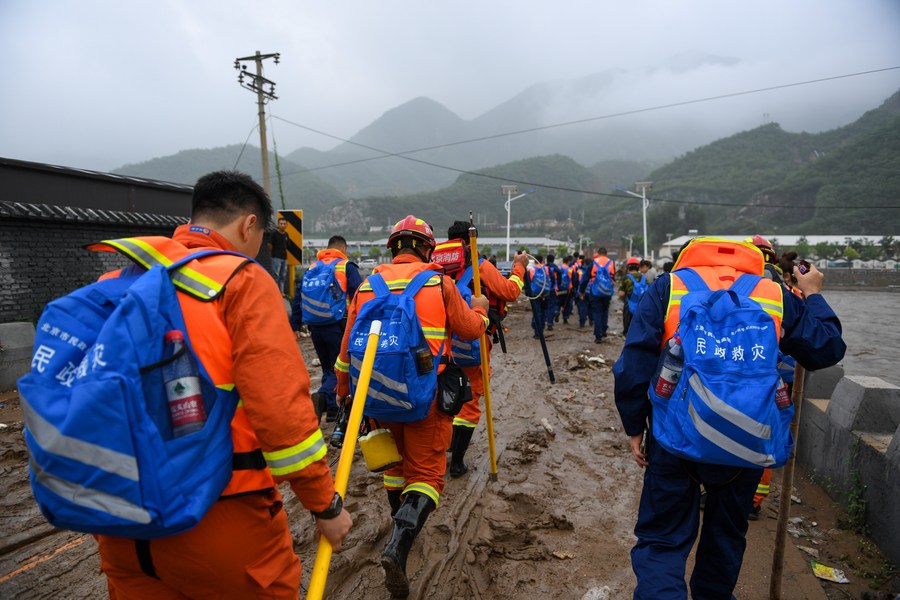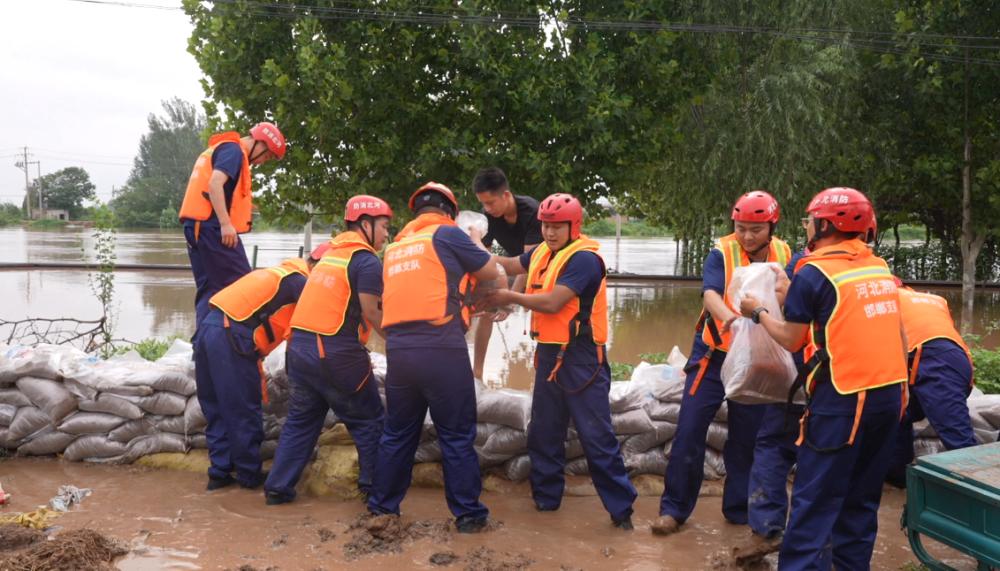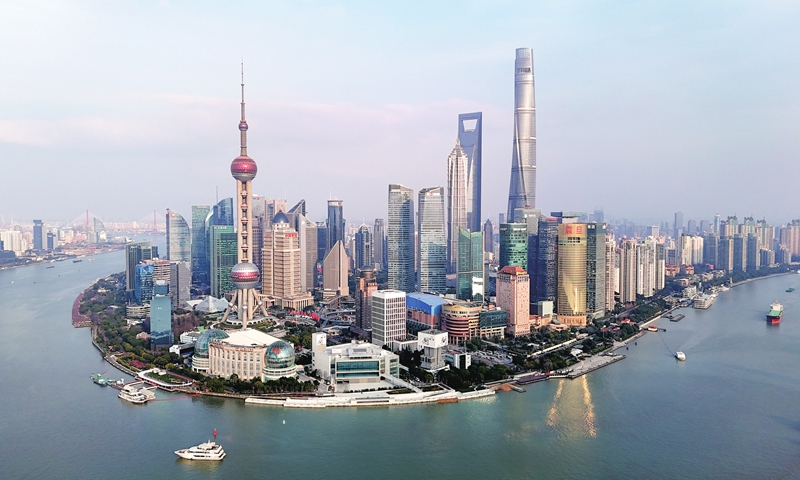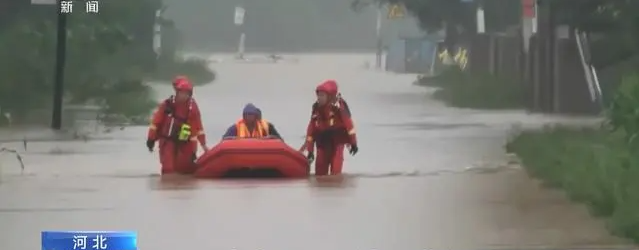The flood discharge in Hebei and Tianjin is to protect Beijing? Experts explain the flood storage and detention areas in detail
Affected by typhoon “Du Su Rui”, the recent heavy rainfall in North China has been violent, wide-ranging, and high-intensity, and some rivers have experienced varying degrees of flooding. The Beijing-Tianjin-Hebei region has opened flood storage and detention areas to orderly divide and detain river floods. Up to now, Hebei Province has successively opened 7 flood storage and detention areas, and completed the transfer of 847,400 people.
Flood storage and detention areas are an important part of my country’s river basin flood control and disaster reduction system. They have played an irreplaceable role in the defense of previous major floods in river basins, and basically guaranteed the safety of important cities and important flood control areas in the middle and lower reaches of rivers. According to statistics, from 1950 to 2021, 66 of the 98 national flood storage and detention areas were put into use for a total of 424 times, with a cumulative flood storage capacity of more than 140 billion cubic meters. The flood storage and detention areas successively opened in Hebei this time were also used in the Haihe River Basin floods in 1963 and 1996.
Cheng Xiaotao, deputy chief engineer of the China Academy of Water Resources and Hydropower Research, introduced that flood storage and detention areas are an important part of the flood control system. They are low-lying areas and lakes outside river embankments that temporarily store floodwater, and most of them are places where rivers have been flooded in history. When the flood is too large, the timely distribution and storage of the flood and the reduction of the flood peak can minimize the disaster loss.
“News+” reporter: What is a flood storage and detention area?
Cheng Xiaotao: Flood storage and detention areas are an important part of the flood control system. Floodwater can be temporarily stored in low-lying areas on both sides of the river, or in wetlands or lakes.
Both sides of the river are not all highlands, and there are also low-lying areas. In the past, as long as the water rose, it was easy to be flooded. As populations grew and dams were built along rivers, these lower-lying areas were much less likely to flood. Slowly, some low-lying lands were reclaimed into farmland, inhabited and gradually formed into villages.
When catastrophic floods occur, in order to reduce the pressure on downstream cities, it is necessary to reduce the peak flow of the river. Therefore, some flood diversion and storage areas were set up. When the flood peak passed through the flood diversion and storage areas, the flood was diverted to the areas outside these embankments by opening gates or opening dikes.
Historically, these flood diversion processes may have been formed naturally. In the past, when major floods occurred, these areas would also be flooded, but now they have become flood storage and detention areas.
However, the existing dikes and pumping stations have effectively reduced the probability of flooding in these areas. Usually, another embankment is built in the flood storage and detention area to prevent the water flowing into the flood storage and detention area from spreading everywhere after the flood occurs. Flood is stored and stagnated in the flood storage and detention area, and the water in the flood storage and detention area is discharged back into the river after the river flood peak passes and the water level drops.
“News+” reporter: Why should flood storage and detention areas be designated?
Cheng Xiaotao: The size and depth of cross-sections of different rivers are different, so the ability of rivers to discharge floods is also different. When the flood volume exceeds the flood capacity of the river, the river may flood.
In order to improve the flood-carrying capacity of the river, we built embankments along the river, which is equivalent to expanding the flood-carrying section. But the dikes are very long, and we can’t ensure that every place can prevent flooding. In order to avoid flooding, we have to carry out full-line defense and set up flood storage and detention areas, so as to clarify the flood diversion area and reduce the flood control pressure of key protected areas. Such areas that are planned to be flooded by floods are called flood storage and detention areas, which are essentially a measure to relieve the flood control pressure of the entire river course and divert floods to protect key points.
The flood that flows into the flood storage and detention area will return along the original route after the water level of the main river channel drops. This process is called “water retreat”. In some flood storage and detention areas, a flood diversion sluice is opened upstream, and at the same time, there is a sluice retreat downstream, both of which can draw back the water, and the flood in these areas is temporarily stopped.
“News+” reporter: How do you view the statement that “Hebei and Tianjin flood discharges are to protect Beijing”?
Cheng Xiaotao: I don’t think this is a very accurate statement. The application of the flood storage and detention area is considered at the scale of the river basin. Generally speaking, the effectiveness of the flood storage and detention area is for the downstream, not the upstream. Therefore, the application of the flood storage and detention area is for Tianjin. The lower water level in Tianjin does not mean that Beijing will not be flooded.
“News+” reporter: After the flood discharge, how will the living order of the residents in the flood storage and detention areas be restored?
Cheng Xiaotao: The flood storage and detention area is not only an important part of the flood control system, but also the home of the people living in the flood storage and detention area. The people in the flood storage and detention areas are also citizens of the People’s Republic of China, and they also have the right to development. It does not mean that they should be sacrificed.
So when the “Flood Control Law of the People’s Republic of China” was enacted in 1997, it was clarified that if the state uses flood storage and detention areas, compensation should be paid. The “Interim Measures for Compensation for Flood Storage and Detention Areas” promulgated in 2000 also has a detailed description of the compensation standards.
